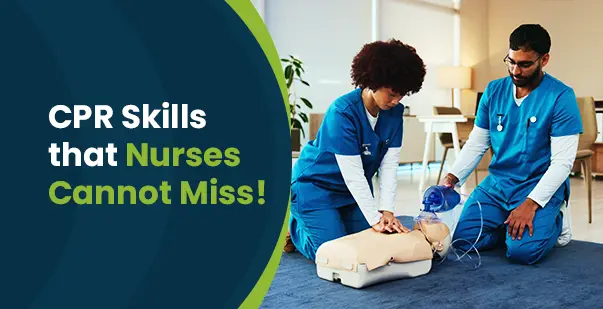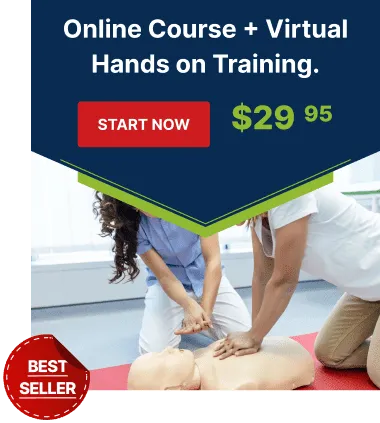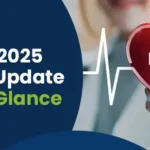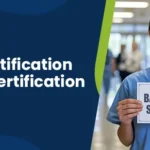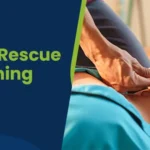Table Of Contents:
- Introduction
- What Are ACLS and PALS, and Why Do They Matter?
- How ACLS Skills Save Lives in the Emergency Room
- How PALS Skills Protect Pediatric Patients in Critical Moments
- Updated Emergency Certification Requirements: What Nurses Need in 2025
- Advance Your Career In Nursing with ACLS and PALS
- Level Up Your ER Practice with ACLS and PALS
Every year on the second Wednesday of October, Emergency Nurses Day honors the skill and dedication of nurses working on the front lines of urgent care. It’s a moment to recognize their role in modern healthcare, where they assess patients quickly, stabilize them, and often step in when every second matters.
This is where advanced training comes in. With Advanced Cardiac Life Support (ACLS), you learn how to respond to adult cardiac arrests and arrhythmias. Research published in Nurse Education in Practice showed that the survival rates rose from 23.1% to as high as 69.1% after providers completed this training. And, Pediatric Advanced Life Support (PALS) gives you the skills to handle pediatric emergencies, where your quick response can save a child’s life.
On Emergency Nurses Day, it’s worth pausing to see how ACLS and PALS training help nurses respond with speed, confidence, and accuracy. These skills keep patients alive and show why emergency nurses remain at the heart of modern healthcare.
What Are ACLS and PALS, and Why Do They Matter?
In emergency care, the choices you make as a nurse can directly affect whether a patient lives or dies. That’s why certifications like ACLS and PALS carry so much weight.
ACLS prepares you to handle severe cardiovascular emergencies in adults. It builds on basic cardiopulmonary resuscitation (CPR) by adding critical skills such as: such as:
- Reading and interpreting cardiac rhythms.
- Administering emergency drugs.
- Managing advanced airways.
- Leading resuscitation efforts during cardiac arrest or dangerous arrhythmias.
PALS focuses on pediatric care. Children respond to illness in ways that are very different from adults, so you need a separate set of skills. PALS training teaches you how to quickly assess infants and children in distress, stabilize breathing problems or shock, and deliver treatments that fit their age and condition.
The difference between the two is simple:
- ACLS → Adult emergencies like cardiac arrest, acute coronary syndromes, and stroke
- PALS → Pediatric emergencies like respiratory distress, shock, or arrhythmias in children
Together, ACLS and PALS certifications strengthen your ability to respond across age groups. In an ER, where patients can walk in at any age and in any condition, this dual training means you’re prepared to act fast and give every patient the best possible chance of survival.
How ACLS Skills Save Lives in the Emergency Room
In the emergency room, every second matters. As an emergency nurse, you already know how fast situations can change. That’s why ACLS training matters so much. It builds on CPR and prepares you to handle life-threatening events like cardiac arrest, stroke, and dangerous arrhythmias.
Core Protocols in Action
ACLS training helps you master life-saving steps such as:
- Perform high-quality CPR and defibrillation during sudden cardiac arrest.
- Manage the airway to ensure unstable patients can breathe.
- Identify and treat arrhythmias with medications or electrical therapy.
- Provide post-resuscitation care to stabilize patients after circulation returns.
When you apply these skills quickly and correctly, survival rates go up and long-term recovery improves.
When Training Meets Reality
Picture yourself in the emergency room (ER) when a patient collapses with ventricular fibrillation. You start compressions, call for the crash cart, and deliver a defibrillation shock, all in minutes. Following ACLS steps restores circulation before brain damage sets in. Scenarios like this aren’t unusual. They play out every day, and trained nurses often make the difference between life and death.
Advancements Driving Better Outcomes
ACLS guidelines keep changing as research grows. Today, the focus is on:
- Detecting patients at risk earlier with continuous monitoring.
- Coordinated teamwork between nurses, doctors, and respiratory therapists.
- Using real-time feedback devices during CPR to guide compression depth and rate.
How PALS Skills Protect Pediatric Patients in Critical Moments
When a child’s condition changes suddenly, you don’t have time to guess your next step. PALS gives you a clear plan so you can act fast, avoid mistakes, and save young lives. Here’s how these skills work in practice.
The Core PALS Protocols
PALS skills for emergency nurses focus on three main steps:
- Assessment: Start with an immediate ABC check: airway, breathing, and circulation. Then you move into a structured survey of vital signs. This step-by-step process makes sure you don’t miss early warning signals.
- Resuscitation: If the child goes into cardiac arrest, you perform high-quality CPR, use defibrillation for shockable rhythms, and administer weight-based medications. Each action follows a set sequence to improve the chance of recovery.
- Stabilization: Once the child regains a pulse, you shift to preventing a relapse. That may involve treating shock, keeping the airway secure, or working with the larger care team on advanced procedures.
Why Children Need a Different Approach
Unlike adults, they rarely experience cardiac arrest from heart disease. Most emergencies come from respiratory failure or shock. That means your ability to recognize breathing problems early can matter more than chest compressions alone. In addition, equipment and medication doses are weight-specific, so accuracy is vital, especially under pressure.
Real Impact at the Bedside
Take the example of a toddler with severe dehydration after days of illness. A PALS-trained nurse would quickly identify the signs of hypovolemic shock, place intravenous (IV) access, and start fluid resuscitation right away. Because of that timely response, circulation stabilizes before organ damage begins.
You may not hear about these cases outside the hospital, but this is the everyday impact of PALS. It’s the reason children in emergencies get a second chance.
Updated Emergency Certification Requirements: What Nurses Need in 2025
If you’re an emergency nurse, ACLS and PALS certifications aren’t one-and-done credentials. You need to renew them and keep learning so your practice stays in line with the latest evidence.
Renewal Timelines and Periods
Most hospitals now expect you to renew both ACLS and PALS every two years, following American Heart Association (AHA) recommendations. You’re tested again on airway management, high-quality CPR, rhythm recognition, and emergency medications. If your certification lapses, you may lose the ability to step into leadership roles during emergencies.
Shifts in Training for 2025
Emergency nurse training has changed a lot in recent years. Instead of only classroom-based learning, you now have options such as:
- Blended learning: Online modules paired with shorter, in-person skills sessions.
- Adaptive curricula: Digital platforms that adjust to your performance and strengthen weak areas.
- Higher quality standards: AHA guidelines now push for more simulation-based learning, so your skills translate better in real scenarios.
These formats save you time away from work and help you retain knowledge more effectively.
Staying Current With Guidelines
Resuscitation science doesn’t stand still. Resuscitation guidelines are updated every five years, with interim advisories released whenever new evidence comes out. To stay ready, you should:
- Regularly review AHA updates and include them in your ongoing education.
- Schedule your renewal early so you’re never at risk of a lapse.
Use hospital simulation labs to keep your skills sharp between certification cycles.
For you, certification isn’t just about meeting hospital policy. It’s about making sure your response reflects the most up-to-date standards every time you’re called on in an emergency.
Advance Your Career In Nursing with ACLS and PALS
If you work as a nurse in emergency care, ACLS and PALS training for nurses will go far beyond a line on your resume. These certifications sharpen your skills and open doors to better pay, leadership roles, and more career options. Let’s look at a few ways it strengthens your career trajectory below:
Career Benefits and Salary Impact
Hospitals often list ACLS and PALS as must-have qualifications for emergency and intensive care nurses. These certifications make you stand out when applying for positions in trauma centers or an ICU nurse. They also make you eligible for extra opportunities like overtime shifts and specialized roles where skilled nurses are always in demand.
Expanding Job Opportunities
ACLS and PALS can also unlock new roles. Many hospitals require them for:
- Promotions into code response or rapid response teams.
- Travel nursing contracts, especially at facilities caring for critically ill patients.
- Assignments in trauma centers, cardiac units, or pediatric ICUs.
Building Long-Term Advancement
Think of ACLS and PALS as part of a larger career ladder. They prepare you for advanced certifications like CCRN (Critical Care Registered Nurse) or TNCC (Trauma Nursing Core Course). They also strengthen your case for leadership positions. If you plan to move into management or educator roles, up-to-date emergency nurse training highlights both your clinical skill and your commitment to ongoing growth.
Level Up Your ER Practice with ACLS and PALS
Emergency Nurses Day reminds you that staying sharp in the ER depends on practice and up-to-date training. ACLS prepares you to lead adult resuscitation, while PALS teaches you how to manage pediatric respiratory failure and shock. When you keep both certifications updated and keep practicing post-ROSC care, you respond faster and work better with your team. Pick blended learning that makes sure your training follows the latest evidence-based updates.
If you’re due for renewal or aiming for advanced roles, plan your next ACLS or PALS course with an accredited provider. The steps you take now directly shape how ready you are when lives depend on your skills.
Read More: Can ER Nurses Get CCRN?
Read More: Cardiac Nurse Salary In the United States
Read More: What Is A Cardiac Nurse And What They Do: Your Guide To Cardiology Nursing
